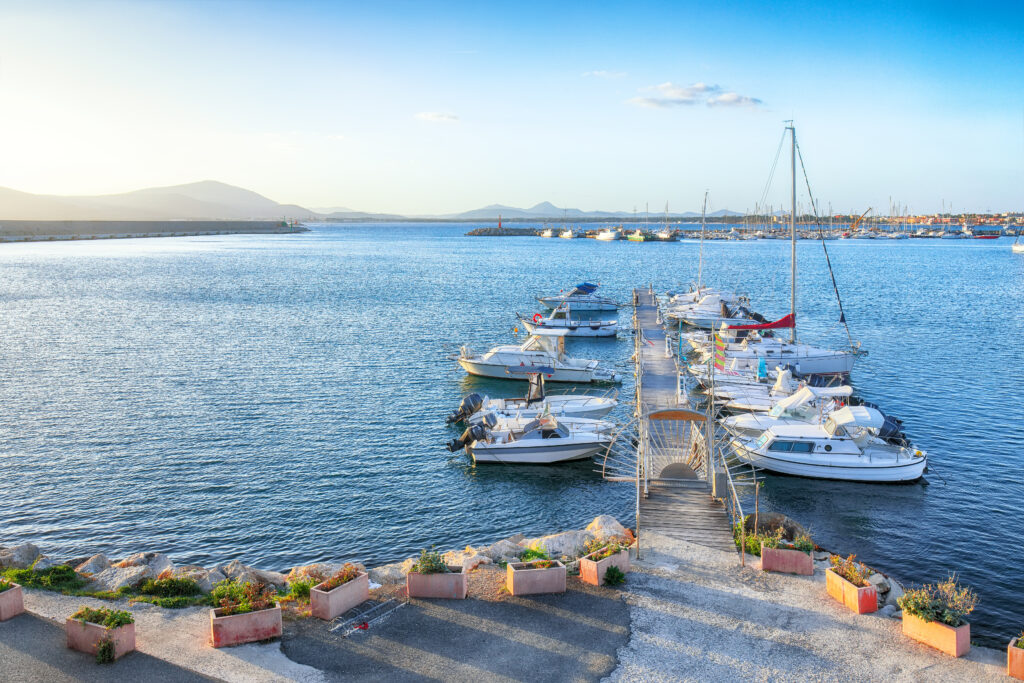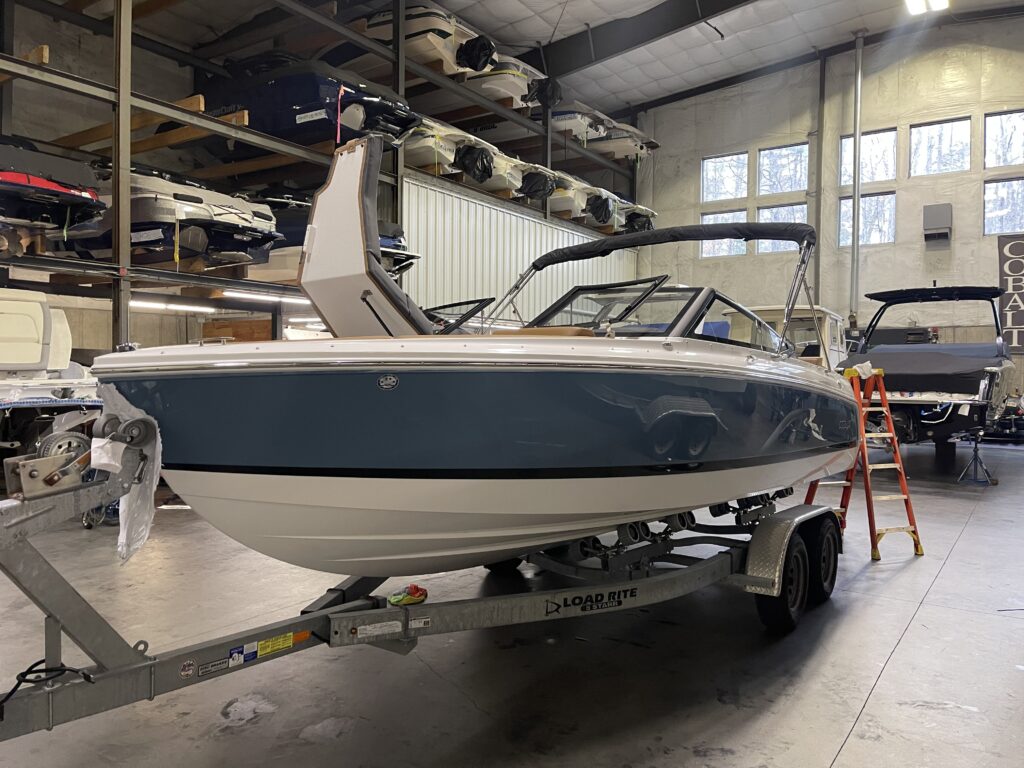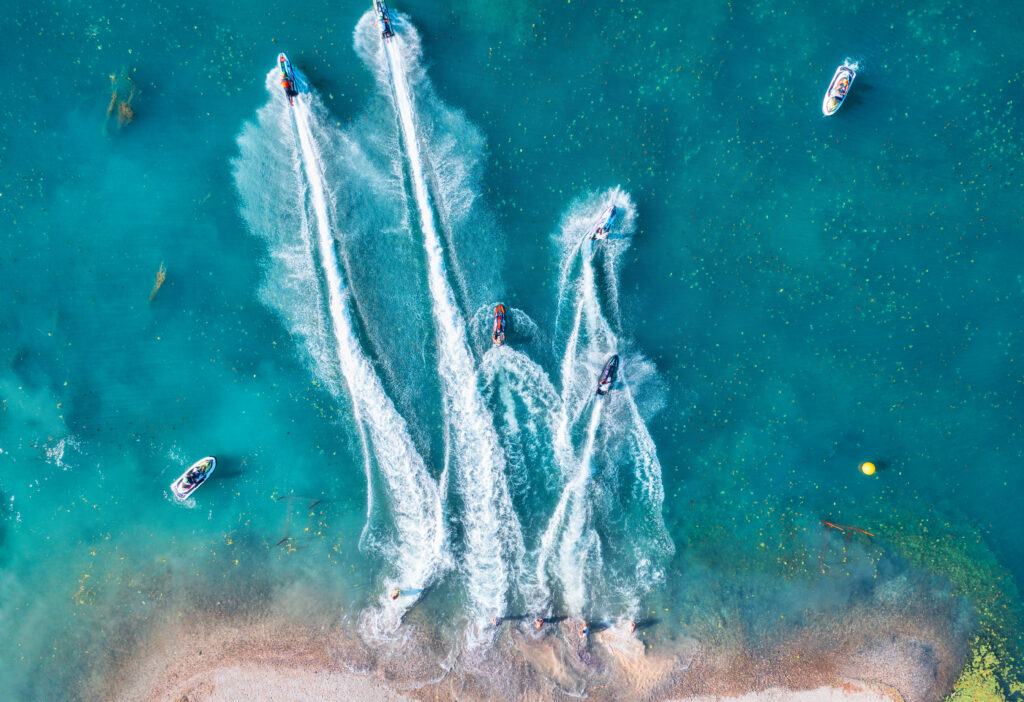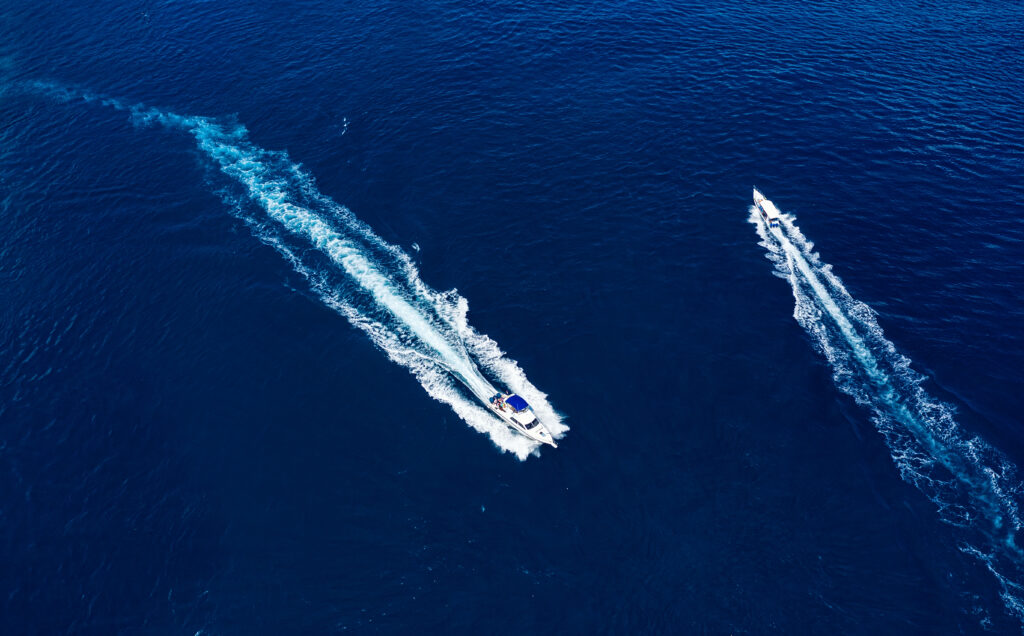Boating safety starts with understanding your vessel’s limits. One of the most overlooked—and most dangerous—mistakes boaters make is exceeding their boat’s weight capacity. So, what is the best way to avoid overloading your boat? It begins with knowing your boat’s maximum capacity and staying within it, factoring in passengers, gear, fuel, and other onboard weight.
Whether you operate a small fishing boat or a larger cruiser, avoiding overload is critical for maintaining balance, maneuverability, and overall safety on the water.

Why Overloading a Boat Is So Dangerous
Before answering what is the best way to avoid overloading your boat, it’s important to understand the consequences. Overloading can cause:
- Reduced stability and increased risk of capsizing
- Slower response to steering and throttle input
- Excessive strain on the engine and hull
- Higher likelihood of taking on water in rough conditions
Overloaded boats ride lower in the water, leaving little margin for waves, wakes, or weather. These risks apply to boats of all sizes and types.

Know Your Boat’s Capacity Plate
The best place to start is by reviewing the capacity plate—usually located near the helm. This plate provides key information:
- Maximum number of people allowed
- Maximum combined weight (people + gear)
- Maximum horsepower rating
Knowing these limits is essential. What is the best way to avoid overloading your boat? Respect the numbers printed by the manufacturer. If your boat doesn’t have a capacity plate (common in older models), consult the owner’s manual or contact the manufacturer for guidance.
Consider All Sources of Weight
When people think about boat weight, they often focus only on passengers. But what is the best way to avoid overloading your boat if you forget the other contributors? You have to factor in:
- Gear (coolers, fishing tackle, camping equipment)
- Fuel and water tanks (these add hundreds of pounds)
- Batteries and electronics
- Anchors, lines, and safety gear
Weight adds up quickly, especially with multiple guests bringing their own gear. A boat that can hold 6 people doesn’t always mean 6 fully loaded adults with fishing gear and supplies.

Balance the Load Properly
It’s not just about how much weight, but where it’s placed. Uneven weight distribution can cause the boat to list, take on water, or handle poorly.
The best way to avoid overloading your boat includes keeping heavy gear low and centered, and distributing passengers evenly from bow to stern and port to starboard. Sudden shifts in weight can destabilize the vessel—even if you’re technically under capacity.
Factor in Water and Weather Conditions
Calm, inland waters are more forgiving. But when boating in oceans, large lakes, or rivers with strong current, even a legal load can be risky. What is the best way to avoid overloading your boat in such conditions? Err on the side of caution.
If choppy water is expected, reduce the number of passengers or onboard gear. The same goes for towing activities—watersports like tubing or wakeboarding require more throttle power and handling precision, so excess weight can become a serious issue.

Use a Pre-Departure Checklist
Avoiding overload starts with preparation. A simple pre-departure checklist can help:
- Count passengers and estimate total weight
- Review fuel and water tank levels
- Inventory gear and supplies
- Adjust for special equipment (grills, chairs, dive gear)
- Remove unnecessary items before boarding
The goal is to streamline. Leave non-essentials behind and avoid redundancy. If two people bring coolers, combine them. Planning reduces weight and clutter.
Monitor Freeboard and Waterline
Freeboard is the distance from the waterline to the deck. If you notice your boat riding lower than usual, that’s a red flag. What is the best way to avoid overloading your boat visually? Keep an eye on how much hull is still above the water.
If waves are splashing over the sides or the stern sits lower than the bow, it’s time to reassess your load.

Avoid Last-Minute Additions
It’s common for boaters to “just add one more person” or an extra cooler. This is how overload sneaks up. Once your boat is packed and loaded, avoid making last-minute changes unless something else is removed.
Maintaining discipline is part of responsible boat ownership. Don’t let peer pressure or convenience override safety.
Educate Passengers on Safety Limits
As the boat operator, you’re responsible for everyone onboard. That includes educating guests on capacity limits and asking them not to bring excessive gear or surprise guests.
Make safety part of the conversation. When people understand why limits exist, they’re more likely to cooperate.

Conclusion
So, what is the best way to avoid overloading your boat? Know your capacity, include all sources of weight, distribute everything properly, and plan ahead. Overloading compromises safety, performance, and enjoyment. It’s one of the easiest problems to prevent—and one of the most dangerous to ignore.
When financing a boat, we always recommend factoring in size, use case, and carrying needs. Choosing the right vessel for your typical passenger count and activities is key to safe operation. Our boat loans are designed to help you invest in a boat that fits both your dreams and your everyday safety expectations.
